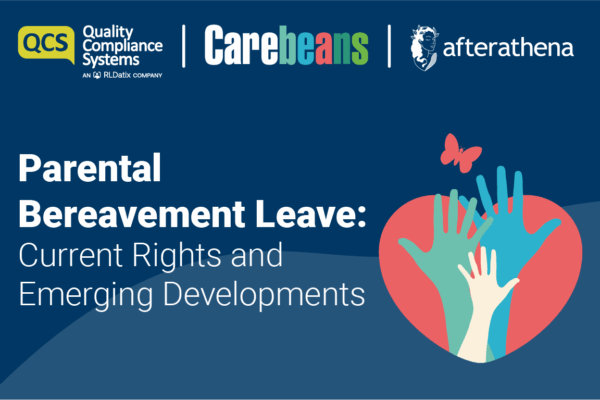Put simply, good practice is a process that represents an effective way of achieving a specific objective. It is debateable whether there is a single ‘best’ approach – and, of course approaches are constantly evolving and being updated, so ‘good’ may be a better term than ‘best’ when it comes to looking at examples of practice that have been proven to work well, produce good results, and could be recommended if appropriate as a model. And it’s no different with nutrition.
So this week in the nutrition blog we look at an example of good practice cited by BAPEN, the Charitable Association that raises awareness of malnutrition and works to advance the nutritional care of patients and those at risk from malnutrition in the wider community. This example shows how a multidisciplinary team implemented a standardised approach to food fortification in residential care for older people.
Food Fortifications Recommendations Not Being Fully Implemented
A community dietetics team in Ireland were concerned that compliance and consistency of practice with regards to following recommendations for fortifying residents’ meals and drinks were not being fully implemented in all care centres within their community. This was identified as a risk management issue, as not applying these recommendations to improve protein and energy intake, could result in residents being at increased risk of malnutrition.
Standardised Food Fortification Process Developed
An audit had revealed variations in documentation and reporting practices across the care homes. It also highlighted a lack of a measurable method of ascertaining that food fortification was being carried out as per the recommendations given by health care professionals to care staff. Therefore a standardised food fortification process was sought. Additionally, because of the strict requirement to undertake nutritional screening (for example with the MUST tool) it was envisaged that using this food fortification process alongside screening may lend itself to a more consistent, logical and measurable approach to food fortification. The process was developed with a team including dietitians, clinical nurse managers and health care assistants.
As part of the resources package to support the process, the team also developed a simple 50kcal exchange list (including items such as 15 g (2 tablespoons) of skimmed milk powder and a 200 kcal snack list (including for example a whole milk custard style yogurt), as well as a food fortification action plan and flow chart. These charts allow a record to be kept of the fortified foods and snacks given, as well as recording any reason why they may have been omitted. The idea was for the calorie exchange/snack lists to be further developed and adapted on an individualised basis, encouraging a person-centred approach so that the carer can ensure the fortification and snacks provided meet the preference of each service user.
Buy-In from Both Management and Staff Is Important in Nutrition
Involvement of care home staff in the process gave greater ownership to the project, but there was also a clear indication that buy-in from both management and staff is important for development and implementation to be successful. This reinforces a common finding in the implementation of plans to improve the nutrition standards in care homes – it requires the proactive support of all those involved.







